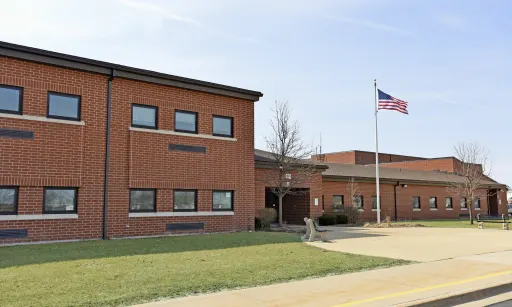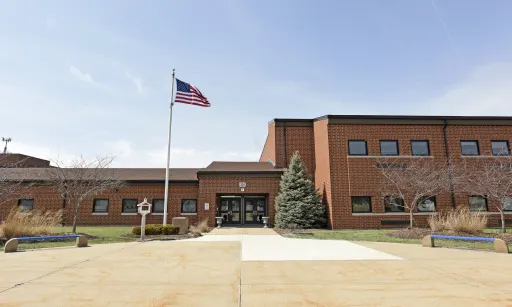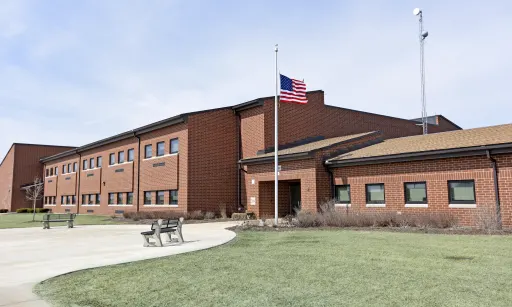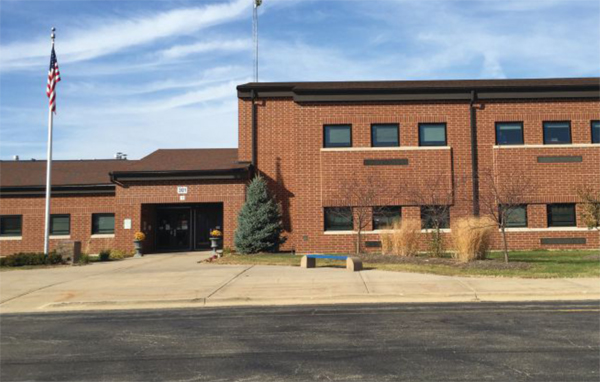Impact Protection Adhesive
More Schools Upgrading Security With Window Film
ON DEC. 14, 2014, two families of children killed in the 2012 Sandy Hook Elementary School shooting filed suit against the town of Newtown, Conn., and the Newtown Public Schools Board. the suit cited lax security on the day 20 students and six adults were shot and killed.
Among the issues raised in the complaint was the ability for gunman Adam Lanza to enter the school after shooting out front glass windows near the school’s offces and the lack of bullet-proof windows in the building.
Sandy Hook has been the primary motivation for school districts nationwide to increase security in their buildings. the initiatives have included adding and upgrading surveillance cameras, improved phone systems, magnetic card entry systems and more secure entryways and other vulnerable building entry points. Considerable discussion and debate has taken place among school offcials over how best to secure entryways and other entry points from intruders. Installation of shatter-proof windows and entryway reconstruction has proven to be cost-prohibitive for many schools. Increasingly, they have turned to safety and security window film installation as a reliable and cost-effective alternative.
“there was no way we could afford to replace the windows, so film was the economical way to go,” says Amy Campbell, safety coordinator at Geneva (Ill.) Community Unit School District 304. In February, the school district, located near Chicago, had safety and security window film installed in the entryways and on first-floor glass in nine school buildings. Geneva is one of at least 22 known school districts around the country that have included safety and security window film as part of their security upgrades, but the number appears to be quickly growing. “[Film] sales have just skyrocketed,” says Mike Dorn, executive director of Safe Havens International, a nonprofit that advises school offcials on safety. “We had some prior to Sandy Hook doing this, but it’s much more predominant since.”
Connecticut and Illinois are leading the way with 12 and seven, respectively. In the Chicago area, there appears to be a synergistic effect at work. Once Geneva schools announced they were installing safety and security window film in September, nearby Minooka, Lake Zurich and Barrington schools soon followed.
FUNDING POSES CHALLENGES TO PROJECTS
In the 2013-14 school year, the state awarded $21.1 million in grants to 111 districts impacting 604 school buildings. A required local match, tied to each district’s resources, totaled $19.4 million. The program was renewed for 2014-15, with the state awarding $21.6 million to 98 districts and 445 school buildings. The local match was $16.2 million. “We all wish that this program was not needed, but unfortunately we must adapt to the new reality that Sandy Hook tragically brought to our state,” said Lt.
Governor Nancy Wyman when the grant program was announced. “This funding will not only make our schools more secure, but will give us the peace of mind that we are doing everything we can to live up to our obligation to provide a safe learning environment for our children.” In Illinois, $25 million was awarded in May 2014 by the Illinois Emergency Management Agency to 448 districts involving security upgrades to 1,312 school buildings
DISTRICTS GET CREATIVE IN FINDING RESOURCES
School officials wanted to have film installed on the first-floor windows at the other eight buildings, so they tapped a special school reserve fund to cover the remaining costs. The federal government gave $75 million last year to the National Institute of Justice for school security grants, but it appears the funding is tilted more toward research rather than security upgrade hardware. Other federal
rganizations such as Homeland Security and Department of Justice’s Community Oriented Policing Services also say they have available funding for school security projects, but the process is somewhat muddled. A number of self-help organizations, such The Grant Helpers.com, can give school districts searching for security funding ideas on where to look for support.
FILM CAN DETER ATTACKS
The film, thicker than regular window films, is adhered to the inside of the glass and then — if installed properly — is firmly secured to the glass with a perimeter wet glaze attachment system. It’s the combination of the film and attachment system that makes the solution so effective. For many school districts, Geneva among them, the film provides an added safety benefit during severe weather. “In the Midwest we’re always concerned about high winds and tornadoes,” says
Campbell. “The film holds the glass in place and keeps it from shattering.” Schools in hurricane belts can achieve a similar benefit from safety and security window film installation.
BALANCE SAFETY WITH SECURITY
Fire officials continually try to find the balance between security and firefighter access. In government buildings where film has been installed, the solution to this issue has sometimes been to choose one ground-floor window to have film installed without the wet glaze attachment, making for an easier entry. The designated window is known only to first responders and building officials. One thing is certain: School building security improvements are just beginning, and safety and security film installation will be a major part of the process as campuses around the country share information and observe one another’s security upgrades.




